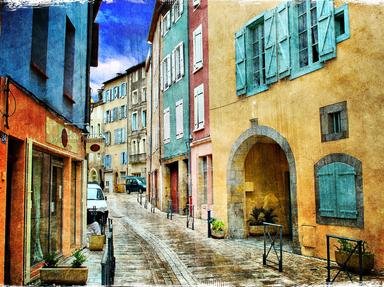Quiz Answer Key and Fun Facts
1. The Italian precursor to what art movement was characterised by a greater awareness of the beauty of the world and of the spiritual value of nature?
2. Romanticism was an art period that promulgated the ideals of nationalism, local traditions and freedoms.
3. George Seurat pioneered a different art movement in 1884 with his enormous work, 'A Sunday Afternoon on the Island of La Grande Jatte'. Van Gogh's 1887 'Self Portrait', and 'The Beach at Heist' by Georges Lemmen are all leading examples of which art movement?
4. Post-impressionism developed in the late 19th century to early 20th century as opposition to the Impressionism's concern for light and colour to be depicted naturalistically. Which one of the following was *NOT* a feature of Post-impressionism?
5. Surrealism is defined as a 20th-century avant-garde movement in art and literature which sought to release the creative potential of the ____ mind. What goes in the blank?
6. Fauvism is described as the style of les Fauves, which is a French term that means which of the following?
7. Which of the following is a twentieth century art movement pioneered by Pablo Picasso and Georges Braque?
8. The term Construction Art was first used by Kazimir Malevich in a negative way to describe works by Alexander Rodchenko in 1917 and used again but in a positive way to describe Naum Gabo's 'Realistic Manifesto' (1920). Where was Constructivism first developed?
9. Futurism, which boasted such artists as Umberto Boccioni and Carlo Carra, originated in the early twentieth century in which country?
10. During which decade of the twentieth century did Pop Art emerge?
Source: Author
ozzz2002
This quiz was reviewed by FunTrivia editor
looney_tunes before going online.
Any errors found in FunTrivia content are routinely corrected through our feedback system.
